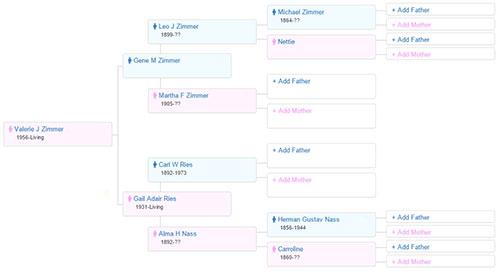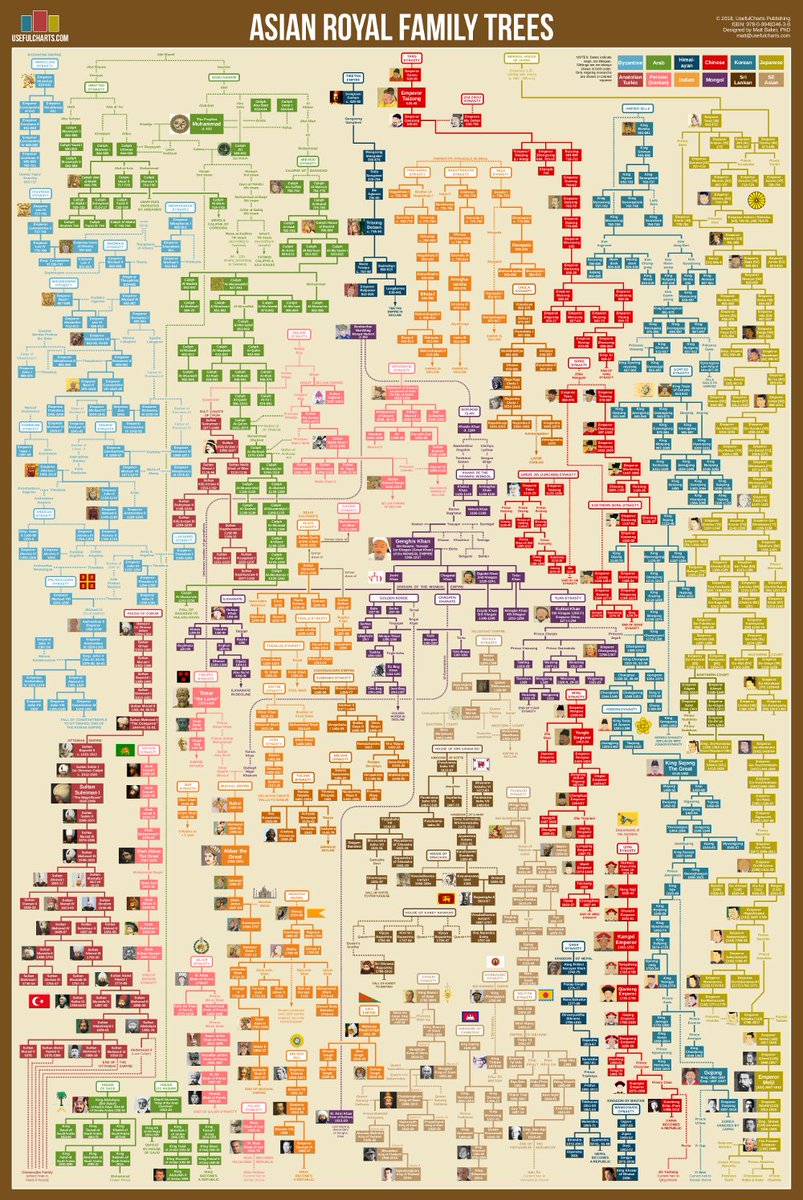

In these cases, the team adjusted their tree to reflect the timing that could be confirmed through radiocarbon dating, he said.Īlthough it's based on just a few thousand genome samples, the team's final family tree "actually captures quite a lot about the genealogy of all of humanity," Wohns said. "But there are, you know, 5 or 10% of these genetic variants where we see discordant estimates" as to when they first appeared, according to conflicting results from the archaeological record and the estimates made by their tree-building algorithm, he noted. "It's very reassuring to see that … over 90% of the time, we are being consistent with the samples that archaeologists can radiocarbon date," Wohns said. Related: Unraveling the human genome: 6 molecular milestones

Wohns and his colleagues used these data to double-check whether the lines of descent outlined in their family tree made sense, timing-wise - and, in most cases, they did. "Whilst this study does not integrate the low-quality ancient genomes into the building of the tree, using them to inform the age of variants within the tree is still powerful for these means, and promises many exciting advances ahead." This piecemeal data helped the researchers confirm when different alleles first cropped up in the genealogical record, since the specimens that the genomes came from had been radiocarbon dated.Īncient genomes provide a "unique snapshot of genetic diversity in the past," which can help reveal when and where a genetic variant first appeared, and how it spread thereafter, Andrés and Rees told Live Science in a joint statement. These degraded genomes did not factor into the main tree-building analysis, but the team sifted through the fragments to see which isolated alleles could be identified in the samples.

In addition to these high-quality ancient genomes, the team identified more than 3,500 additional, lower-quality genomes with significant degradation, ranging from a few hundred to several thousand years old, Wohns said. (Neanderthals and Denisovans are extinct relatives of Homo sapiens.) These included three Neanderthal genomes, one thought to be more than 100,000 years old a Denisovan genome roughly 74,000 to 82,000 years old (opens in new tab) and four genomes from a nuclear family that lived in the Altai Mountains of Russia about 4,600 years ago. However, in digging through previously published research, the team managed to find eight high-quality ancient hominin genomes to include in their tree. High-quality genomes from ancient humans were harder to come by, since DNA from ancient specimens tends to be severely degraded, Wohns said. From these data sets, they gathered about 3,600 high-quality genome sequences from modern-day humans "high-quality" genome sequences are those with very few gaps or errors, which have been largely assembled in the correct order, according to a 2018 report in the journal Nature Biotechnology (opens in new tab). To build a unified genealogy of humanity, the researchers first pooled genomic data from several large, publicly available data sets, including the 1000 Genomes Project, the Human Genome Diversity Project and the Simons Genome Diversity Project. doi: 10.1126/science.abi8264.) Building the human family tree (Image credit: Reproduced, with permission, from Wohns et al., A unified genealogy of modern and ancient genomes.

The width of a line corresponds to how many times the relationship was observed in the data, and the lines are colored on the basis of the estimated age of the ancestor. Each line in this figure represents an ancestor-descendant relationship in the new genealogy of modern and ancient genomes.


 0 kommentar(er)
0 kommentar(er)
